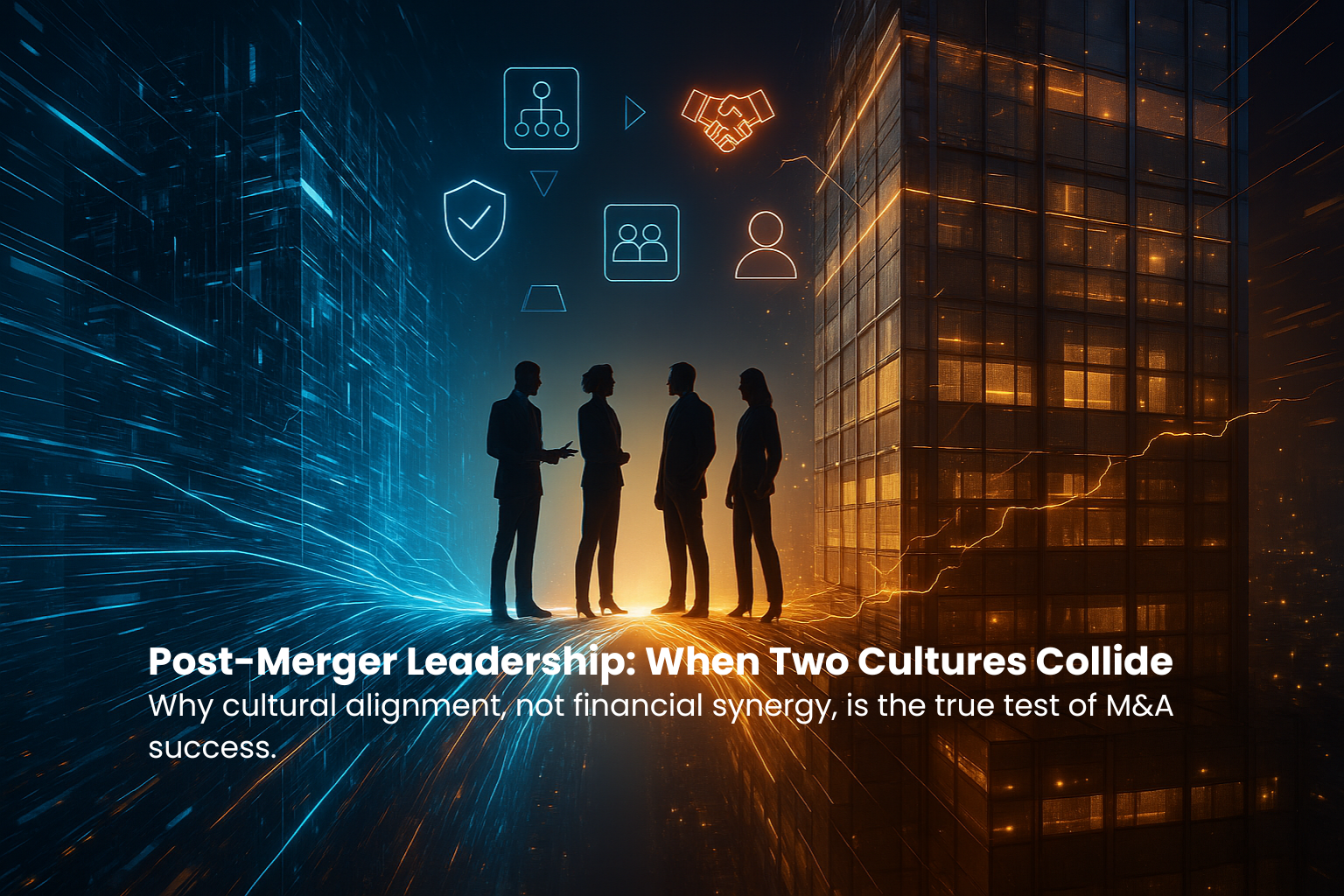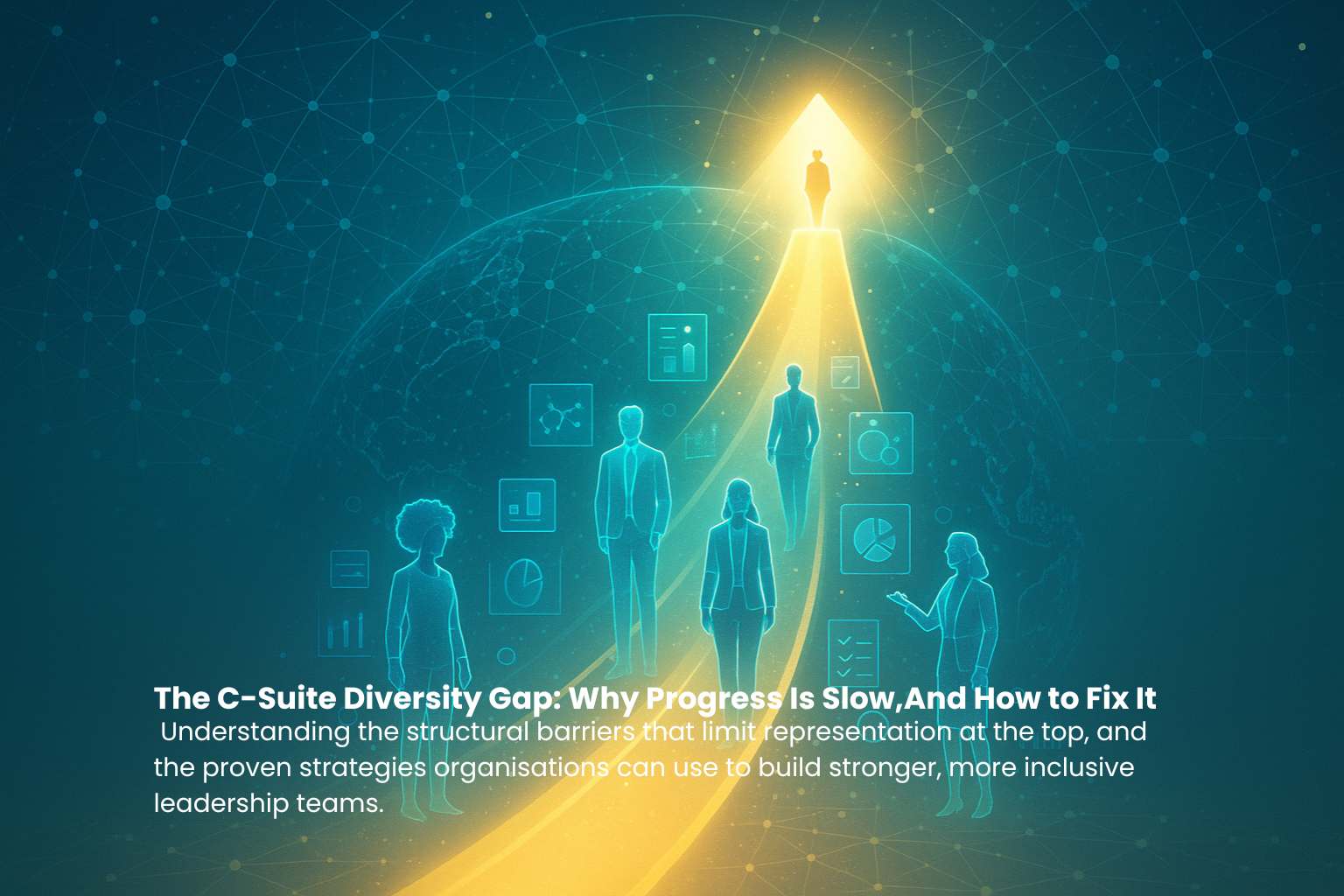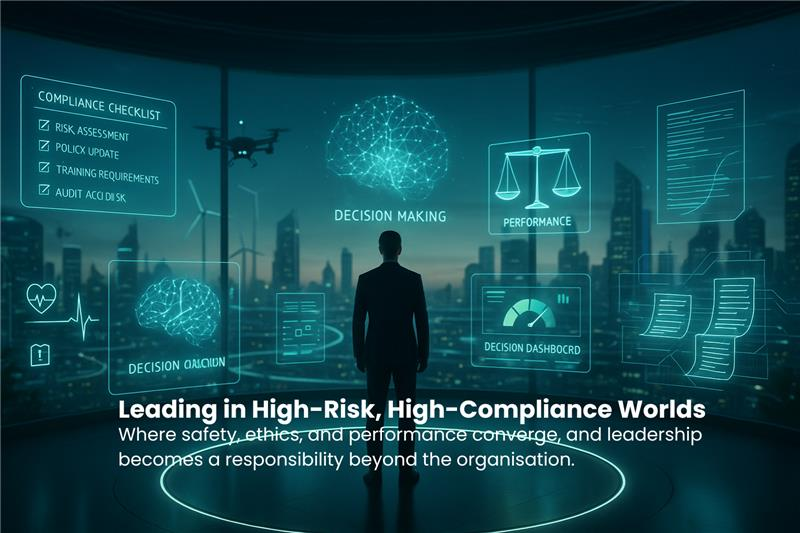💥 Post-Merger Leadership Challenges: When Two Cultures Collide
💥 Post-Merger Leadership Challenges: When Two Cultures Collide

Mergers and acquisitions (M&A) are often viewed through the lens of synergy and financial gain. Boards pore over spreadsheets, looking for overlapping functions to streamline and market share to dominate. However, the real work and the real risk, begins the day the deal closes. When two organisations become one, the biggest hurdle isn't the balance sheet; it's the inevitable clash of corporate cultures. For leaders, navigating this cultural collision presents one of the most formidable post-merger challenges.
🧱 The Culture Clash: More Than Just Office Décor
Culture isn't just about whether people wear a tie or a t-shirt; it’s the unwritten rules, the shared values, the methods of communication, and the speed of decision-making. When Company A, a swift, entrepreneurial start-up, merges with Company B, a steady, hierarchical industry veteran, their foundational operating systems are completely different.
Here's how a cultural collision often manifests at the leadership level:
- Decision Paralysis: One company values consensus and consultation, while the other prioritises rapid, top-down decisions. Leaders can become frustrated and stalled, unable to agree on a way forward.
- Talent Exodus: Key talent from one or both sides can feel alienated, undervalued, or simply unable to thrive in the new environment. They vote with their feet, taking invaluable institutional knowledge with them.
- Loss of Trust: If leaders from the acquiring company are perceived as imposing their ways, or if staff see the 'best jobs' consistently going to one side, trust erodes rapidly. This lack of trust then poisons collaboration and productivity.
🧭 Leadership's Crucial Role in Bridging the Divide
The responsibility for harmonising these disparate cultures falls squarely on the shoulders of the combined leadership team. It requires much more than simply issuing a memo; it demands empathy, transparency, and strategic integration.
1. Be the Translator, Not the Dictator 🗣️
Senior leaders must become cultural ambassadors. Don't just announce the new way; explain why it is the best path forward, leveraging the strengths of both predecessors.
- Actionable Tip: Host regular, joint town halls. Encourage frank discussions about the differences. If Company A was known for its innovative R&D process and Company B for its rigorous quality control, the new leadership must demonstrate how they plan to merge the best of both, not just eliminate one in favour of the other.
2. Model the New Behaviour 🤝
Culture change must start at the top. If the new organisation is meant to be collaborative, but the senior leadership team continues to hold separate, internal meetings without the other side, the message is lost.
- Actionable Tip: Physically integrate leadership teams. Co-lead projects. Ensure the communication style you want to embed (e.g., direct, transparent, supportive) is consistently demonstrated by all C-suite members.
3. Establish a Third, Shared Culture 🌱
The goal isn't for Company A to swallow Company B. The aim is to create Company C, a new entity that is stronger than its parts. This new culture must be deliberately defined.
- Actionable Tip: Facilitate joint workshops to define the new core values and mission statement. Ask: "What are the three best things we inherit from each company, and what is the one new thing we need to create together?"
✅ Getting It Right: The Path to Synergy
Successfully merging two cultures under a single banner is arguably the hardest part of an M&A. When leaders embrace the challenge with genuine curiosity and commitment, they move past the inevitable friction and begin to realise the promised synergy.
It's a marathon, not a sprint, and requires consistent attention, but getting the culture right is the only way to ensure the merger is a long-term success, rather than a costly paper exercise.
Wayman Bain specialises in strategic leadership consultancy and post-merger integration. If your organisation is facing cultural challenges following an M&A, our team can help you define the 'Company C' you need to succeed.



